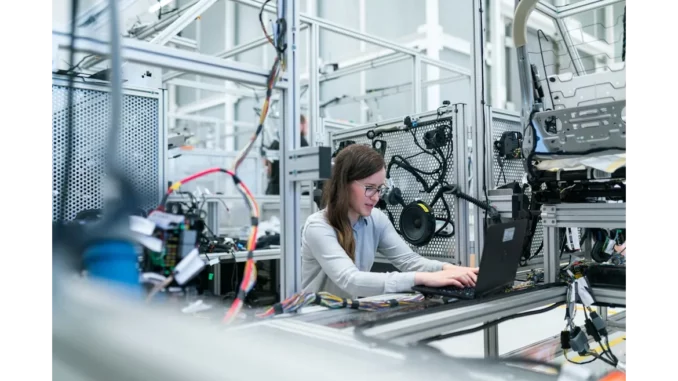
In the scenic town of Gisborne, New Zealand, a quiet revolution in medical imaging is underway, spearheaded by the Mātai Medical Research Institute. Under the capable leadership of Dr Samantha Holdsworth, the institute has positioned itself as a pioneering force in MRI technology. During a recent visit, I had the opportunity to converse with Taylor Emsden, an MRI technologist at Mātai, who provided an enlightening glimpse into the institute’s groundbreaking endeavours.
Taylor’s path to Mātai is as compelling as the institute’s achievements. Originating from Whangārei, she refined her skills in Auckland and at Starship Hospital, a renowned children’s hospital. Reflecting on her unexpected journey, she remarks, “I never imagined I’d find such an opportunity in Gisborne,” her eyes gleaming with excitement. Relocating to Tai Rāwhiti three years ago was serendipitous, allowing her to be part of a cutting-edge venture in a town she now cherishes as home.
Central to Mātai’s research is their advanced 3 Tesla MRI machine, situated in their state-of-the-art facility on an expansive 2.5-hectare site. This is not merely an MRI machine; it serves as the cornerstone of potentially transformative advancements in medical imaging. Taylor elaborates, “We are exploring ways to amplify movement in MRI images, enabling us to observe the brain’s movements with every heartbeat.” This technique, initially developed by Dr Holdsworth at Stanford University, is now being refined at Mātai to assist in neurosurgery and the non-invasive detection of elevated brain pressure.
The applications of this novel MRI methodology are vast and diverse. The team is investigating its potential to understand the effects of methamphetamine on the brain and to monitor improvements during treatment. Taylor enthusiastically reveals, “We are also pioneering an ultra-high contrast MRI technique that allows us, for the first time, to visualise concussions.” While brain imaging is a primary focus, Mātai’s research extends beyond this. The institute is at the forefront of improving prostate cancer diagnosis, especially for individuals in rural or remote regions. A longitudinal study, the Tairāwhiti child well-being study, is also underway, involving comprehensive whole-body scans to track and model developmental changes over time. “It’s about creating a comprehensive picture of health and development,” Taylor notes, underscoring Mātai’s holistic approach.
Mātai’s vision is multifaceted, encompassing research, clinical use, and education. Co-located with Tōnui Collab, which provides dual-language STEM workshops incorporating mātauranga Māori, Mātai is deeply ingrained in the community. By offering scholarships for local Tairāwhiti school leavers and internships for university students, the institute is fostering pathways into STEM careers. Taylor emphasises, “Our goal is to be a part of the community, not an ivory tower.”
As our conversation winds to a close, Taylor shares her aspirations for Mātai’s future. “We envision ourselves growing into a medical imaging innovation campus that benefits all of New Zealand,” she asserts, her voice resonating with hope and determination. The work at Mātai transcends mere research; it stands as a beacon of possibility for the future of medical science and the Gisborne community.
The journey of the Mātai Medical Research Institute is only beginning, yet the strides they have already taken hint at a seismic shift in the field of medical imaging. As Taylor Emsden and the Mātai team continue to push the boundaries of MRI technology, the future shines brightly not only for Gisborne but for the global landscape of medical science.


Be the first to comment